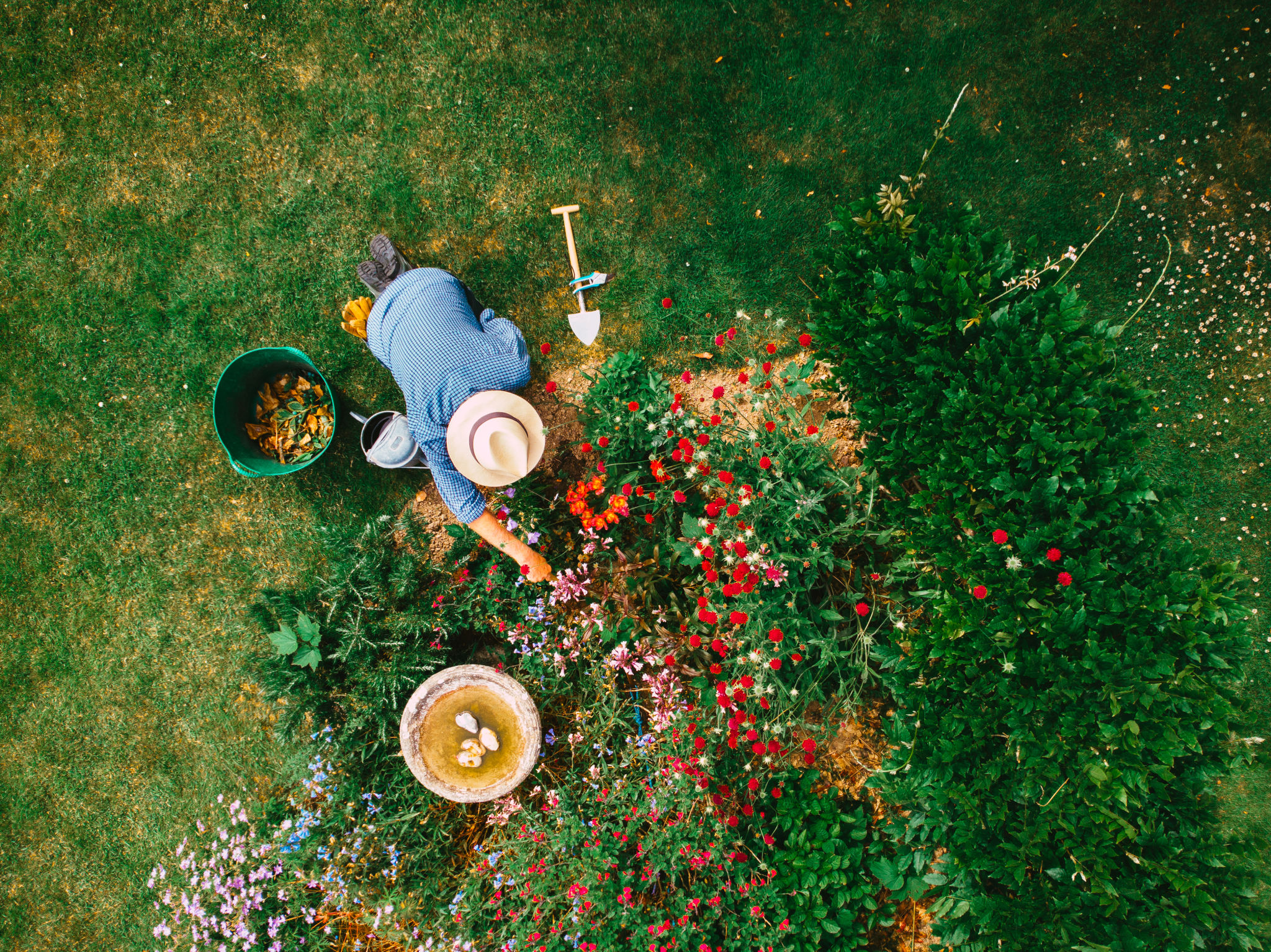Innovative Trends in Commercial Landscaping: What’s Next?
Embracing Sustainability in Commercial Landscaping
In recent years, sustainability has taken center stage in the world of commercial landscaping. Businesses are increasingly seeking eco-friendly solutions to minimize their environmental impact. This trend has led to the adoption of native plant species, which require less water and maintenance, thereby promoting biodiversity and reducing water usage.

Moreover, many companies are integrating smart irrigation systems that adjust watering schedules based on weather conditions, ensuring efficient water use. These innovations not only benefit the environment but also help businesses cut costs in the long run.
The Rise of Technological Integration
Technology is revolutionizing commercial landscaping with the introduction of automated equipment and digital management tools. Robotic lawn mowers and drones are becoming common sights, allowing landscapers to maintain large areas with precision and ease.
Additionally, landscape management software is enabling businesses to plan and execute landscaping projects more effectively. These platforms offer features like project scheduling, resource allocation, and real-time monitoring, enhancing efficiency and productivity.

Focus on Wellness and Aesthetics
The concept of creating wellness spaces is gaining traction in commercial landscaping. Businesses are investing in green areas that promote relaxation and mental well-being for employees and visitors alike. These spaces often include elements like walking paths, meditation gardens, and outdoor seating areas.
Furthermore, there is a growing emphasis on aesthetics, with landscapes designed to be visually appealing year-round. This involves strategic planting, the incorporation of art installations, and the use of lighting to create inviting environments even after dark.

Adoption of Sustainable Materials
Another significant trend is the use of sustainable materials in landscape construction. Recycled and locally sourced materials are preferred for paving, decking, and furniture, reducing carbon footprints and supporting local economies. Permeable paving solutions are also popular, helping manage stormwater runoff and improving drainage.
Businesses are also exploring innovative materials like biochar in soil amendments to improve soil health and carbon sequestration. These practices demonstrate a commitment to sustainability and ecological responsibility.
Vertical Gardens and Green Roofs
As urban spaces become more constrained, vertical gardens and green roofs offer a creative solution for incorporating greenery into commercial areas. These installations not only enhance aesthetics but also improve air quality and provide insulation benefits.

Green roofs, in particular, offer additional advantages such as reducing urban heat island effects and providing habitats for wildlife. As these installations become more cost-effective, their popularity in commercial settings is expected to rise.
Future Outlook
The future of commercial landscaping is poised for exciting advancements as the industry continues to innovate. With a focus on sustainability, technology integration, wellness, and aesthetic appeal, businesses have numerous opportunities to transform their outdoor spaces.
As these trends evolve, staying informed and adaptable will be crucial for businesses aiming to maintain competitive landscapes that not only serve functional purposes but also contribute positively to the environment and community well-being.
